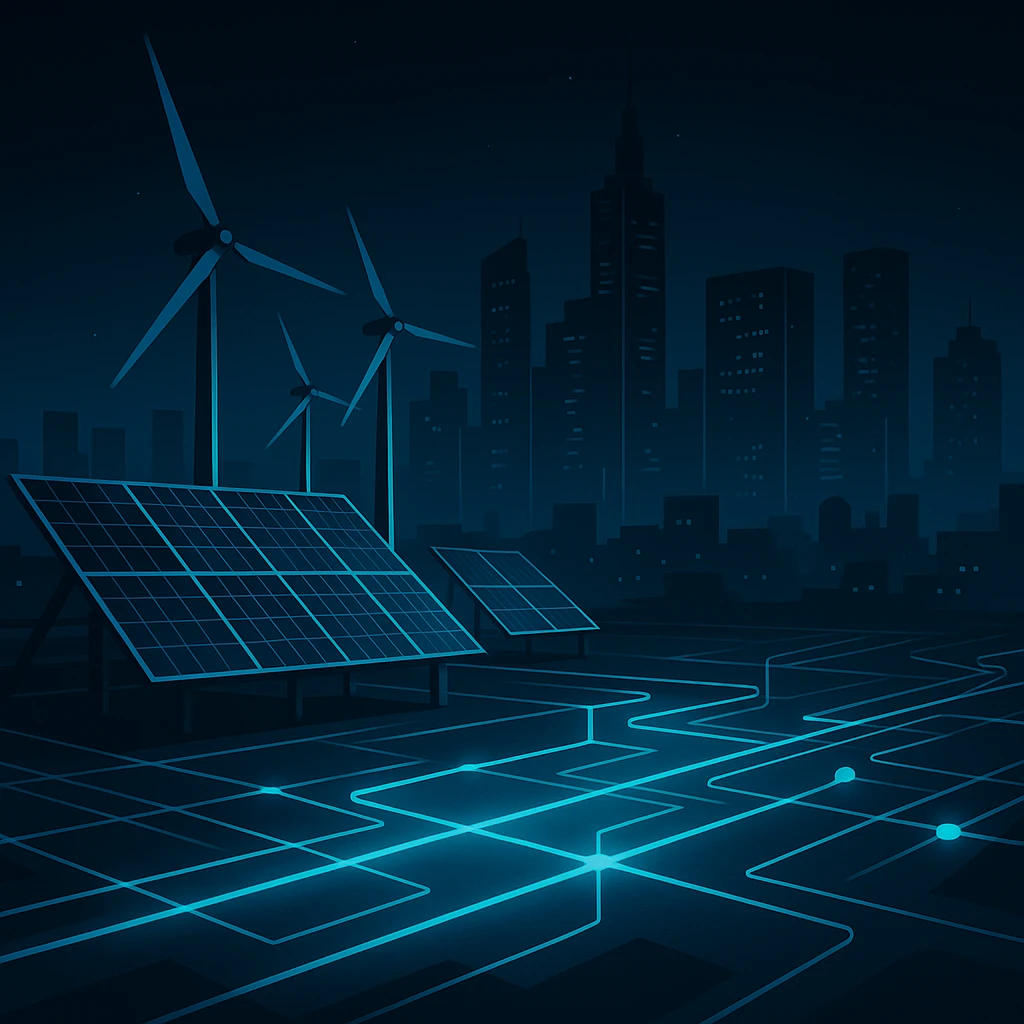
Energy Management & Sustainability
Urban centres are hungry for power, yet they also hold the key to decarbonisation. Artificial intelligence enables cities to integrate renewable energy sources and optimise consumption. Machine learning algorithms classify energy usage patterns across neighbourhoods, use regression to forecast demand and apply clustering to group similar consumption profiles. Smart grids employ these insights to distribute electricity efficiently, shifting loads away from peak periods and balancing supply from solar panels, wind turbines and battery storage.
AI also powers predictive maintenance for critical infrastructure. Models monitor vibration, temperature and electrical signals in turbines and transformers to anticipate failures before they occur, reducing downtime and cost. Building management systems use reinforcement learning to adjust heating, ventilation and lighting in real time based on occupancy and weather forecasts. At the district level, AI coordinates microgrids—local energy systems that can disconnect from the main grid during outages—ensuring resilience and security.
Across the globe, cities are piloting these technologies. Copenhagen uses machine learning to optimise its district heating network, cutting greenhouse gas emissions while keeping residents comfortable. Tokyo leverages AI to orchestrate a virtual power plant composed of thousands of home batteries and electric vehicles. Melbourne’s Docklands precinct deploys predictive models to manage a network of solar canopies, wind turbines and public charging stations. These projects demonstrate how data‑driven energy management can accelerate the transition to low‑carbon cities.
Yet equitable access must guide sustainability efforts. Renewable deployments can raise electricity prices or displace communities if not planned thoughtfully. Data collected from smart meters must be protected to safeguard privacy. Algorithms may favour affluent areas with greater ability to invest in rooftop panels and batteries. Policymakers and engineers should design energy systems that prioritise affordability, inclusivity and transparency. By combining AI with community engagement and strong governance, cities can become greener and fairer.